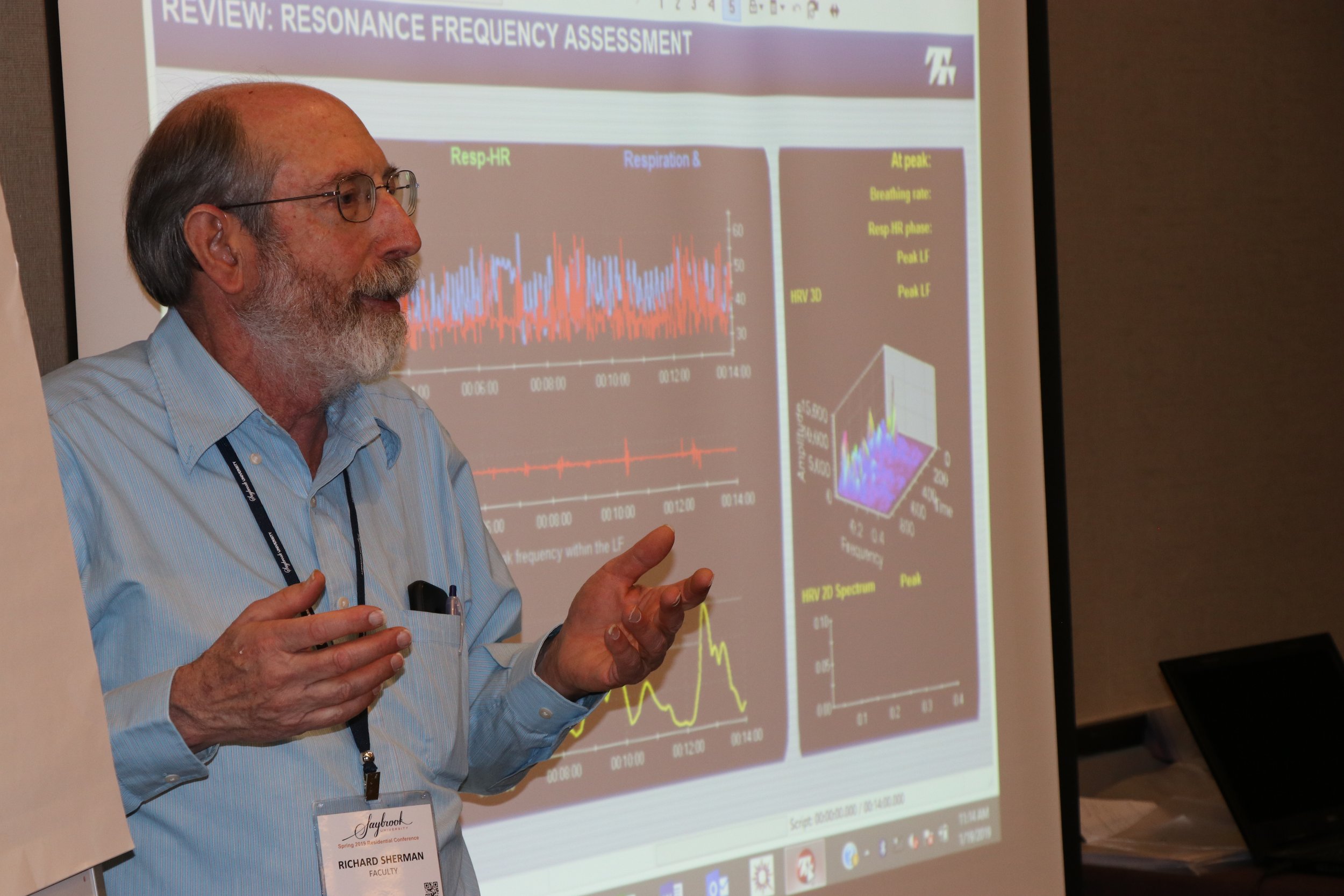Pelvic Floor Disorders
The Pelvic Floor Disorders (PEP011) CE course is a program that satisfies the didactic education requirements for The Biofeedback Certification International Alliance for board certification and recertification in Biofeedback for Pelvic Muscle Dysfunction. Eligibility for PMDB certification is limited to persons who are appropriately licensed or credentialed at the state or national level to practice in a healthcare field such as medicine, nursing, physical therapy, occupational therapy, and physician’s assistant.
$900.00
Instructor
Dr. Richard Sherman
-
This course provides a basic understanding of urological, gastrointestinal, and pelvic floor structures, functions, and dysfunctions. It includes the common disorders associated with pelvic floor dysfunction. It provides basic information on the assessment and treatment of these disorders.
-
Provide clinicians with an understanding of pelvic floor anatomy and function.
Introduce common pelvic floor disorders, including elimination disorders and pelvic pain syndromes.
Understand methods of assessment of urologic, bowel related, and pelvic pain symptoms
Identify behavioral treatment interventions for pelvic floor disorders.
Understand the principles of applied psychophysiology and biofeedback as applied to the pelvic floor.
Cover the application of surface EMG biofeedback for assessment and treatment of the pelvic floor.
Review the ethical considerations in performing behavioral assessments and interventions of pelvic floor disorders. Upon completion, participants will be able to:
Explain the functions and dysfunctions of the pelvic floor.
Identify the types of urinary incontinence, bowel dysfunctions, and pelvic pain syndromes as well as the behavioral treatment options.
Understand the application of sEMG biofeedback in the treatment of pelvic floor dysfunction.
Develop a treatment plan and goals.
Perform an assessment of the pelvic floor and other relevant muscles using biofeedback equipment.
-
You should have had undergraduate courses in general biology and general psychology prior to taking this course. If you haven’t had them, contact us before registering. You will do much better in the course if you have already taken our “introduction to psychophysiology” and “Anatomy and Physiology for Behavioral Clinicians” courses. This course is intended for licensed / certified clinicians. None of the instructional material offered will provide you with the clinical skills needed to apply the psychophysiological assessment and interventional techniques you will learn in the clinical environment unless you are already a trained clinician.
-
Therapeutic Management of Incontinence and Pelvic Pain, Second Edition (2008). Edited by Jeanette Haslam and Jo Laycock
Biofeedback, A Practitioner’s Guide, Fourth Edition (2016). Edited by Mark S. Schwartz and Frank Andrasik
It’s No Accident: Breakthrough Solutions to Your Child’s Wetting, Constipation, UTIs, and Other Potty Problems (2012). By Steve J. Hodges, MD.
Other Required Readings (Included with the course):
The Biofeedback Certification International Alliance Professional Standards and Ethical Principles of Biofeedback
Rao, S. S., Bharucha, A. E., Chiarioni, G., Felt-Bersma, R., Knowles, C., Malcolm, A., & Wald, A. (2016). Anorectal disorders. Gastroenterology, 150(6), 1430-1442.
sEMG Electrode Sites Diagrams (Thought Technology Ltd)
-
45 Hours of CE Credit.
The Behavioral Medicine Research and Training Foundation is approved by the American Psychological Association to sponsor continuing education for psychologists. The Behavioral Medicine R&T Foundation maintains responsibility for this program and its content.
-
There is one year to complete the course. Courses not completed by that time are void and must be repurchased if still available.
No refunds are provided for courses not completed within one year of purchase.
Course Introduction Video
-
Testimonial
“The course material is covered very clearly through lectures and also provides extra references to expand more deeply into the topic of study.”
Lorena Casado Román

